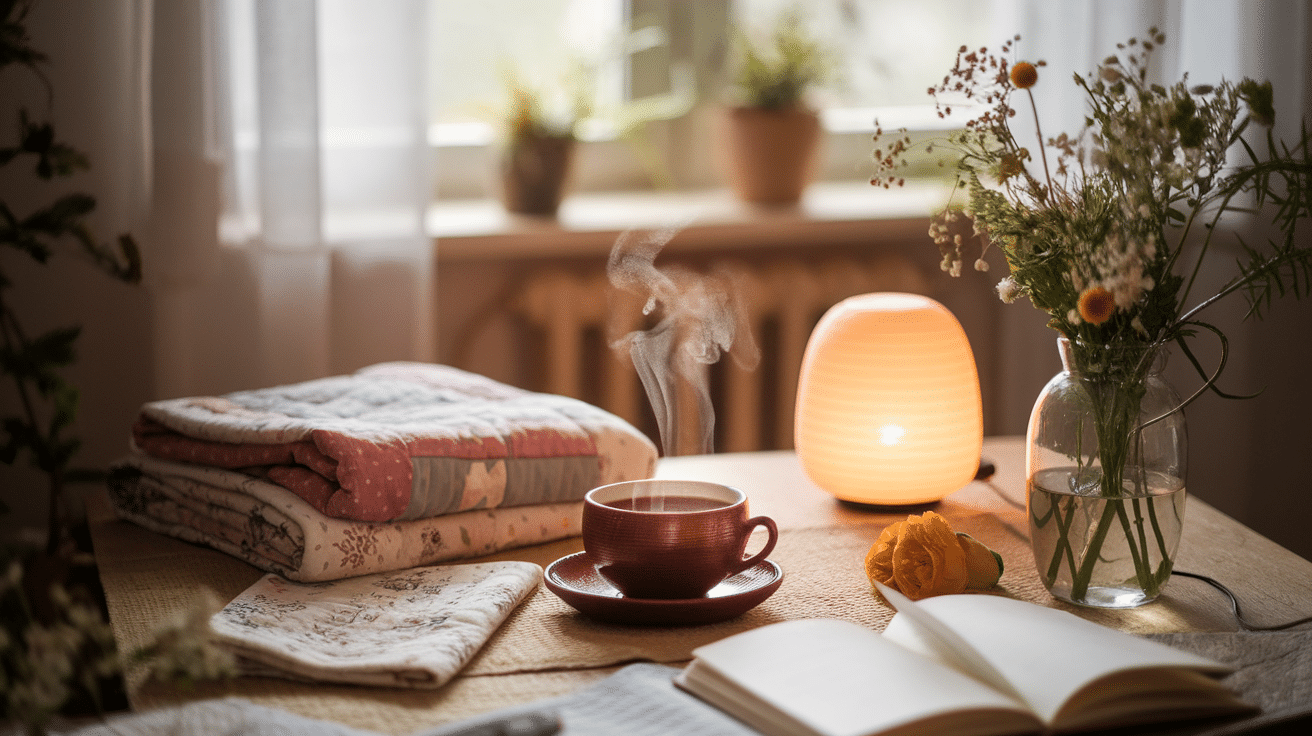The Quiet Power of Homemaking in a Busy World
Ever feel that homemaking gets overlooked in today’s busy world? Many dismiss it as outdated, yet it offers genuine joy and purpose. Studies show that thoughtful home creation reduces stress by 40% and boosts life satisfaction.
Home tasks become meaningful when seen as acts of care – not just chores. From cooking meals that bring smiles to creating spaces that offer comfort, each small deed matters.
The true value comes from intention. When you put thought into your home, you build more than just a place to live – you craft a foundation for daily happiness.
Ready to see how homemaking can bring real fulfillment? Let’s look at practical ways to make your home better while making yourself happier too.
The Quiet Revolution of Homemaking
It started with fresh sheets on a rainy Tuesday. The simple act of smoothing cotton across the bed felt like more than a task. It felt like care made real.
In our rush-filled world, where worth often links to job titles and income, homemaking sits in the shadows. Yet within these small acts lies a gentle push back against our “always on” culture.
When we wash dishes by hand instead of rushing, or bake bread instead of buying it, we choose a different path. We pick presence over speed. We choose to slow down.
The home shifts from a place we clean to a place we tend. Not a space filled with must-do tasks, but a canvas for daily meaning. Each meal cooked, each corner tidied becomes an act of quiet purpose.
By giving value to these home acts, we stand against the notion that only paid work matters. We say that care counts too.
Why Is Homemaking More Than Housework?
Homemaking goes far beyond just keeping things clean. It shapes how we feel at home and tells our family story through daily acts. Think of it as creating a feeling, not just completing tasks.
“Homemaking is soulmaking”
When you set the table with care or hang photos that bring joy, you build more than just a tidy space. You craft:
- A sense of safety that helps family members face the world
- A living museum of your values through objects you choose to keep
- A place where time slows down and people matter more than screens
The way you fold clothes, cook meals, or even arrange books speaks to what you value most. Maybe it’s:
- Taking time for what matters instead of rushing
- Paying attention to small details that bring comfort
- Creating beauty in everyday moments
- Showing care through thoughtful touches
These choices aren’t just about clean counters. They’re about making spaces where people feel seen, heard, and valued. The physical work of homemaking carries the weight of emotional work, too.
The Invisible Art: How Homemaking Shapes Identity
Our living spaces tell our stories without words. The way you arrange your books, place your furniture, or hang your art reflects your inner world. When your home feels “right,” it’s often because it matches who you are or who you wish to become.
The Hidden Language of Space
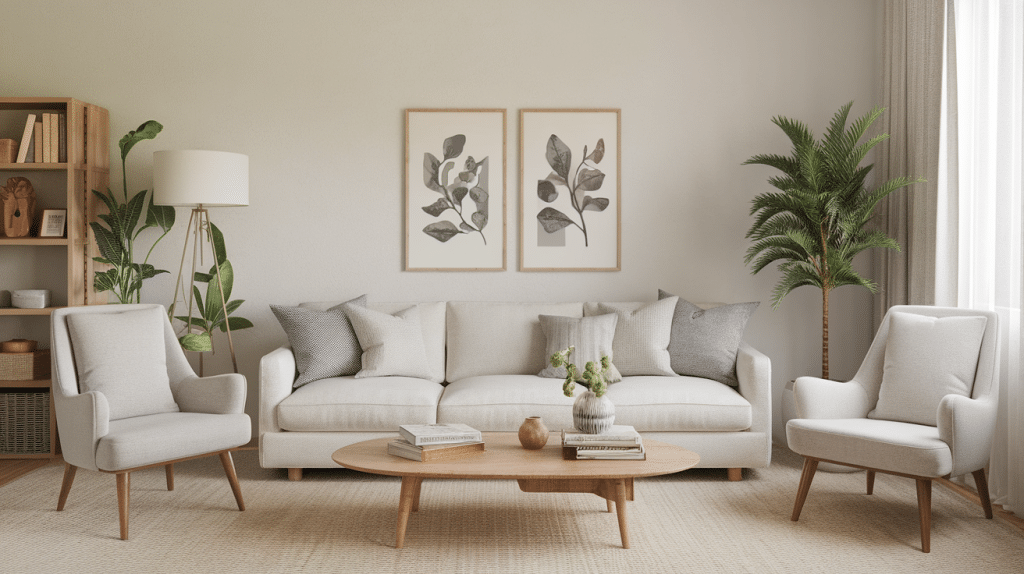
What we choose to display or hide says much about our values and history.
That chair from your grandma isn’t just furniture—it’s a link to your past. The open shelves with children’s artwork show what you treasure.
Even the way you sort items into “public” and “private” spaces reveals how you see yourself and others.
The Sensory Canvas of Home
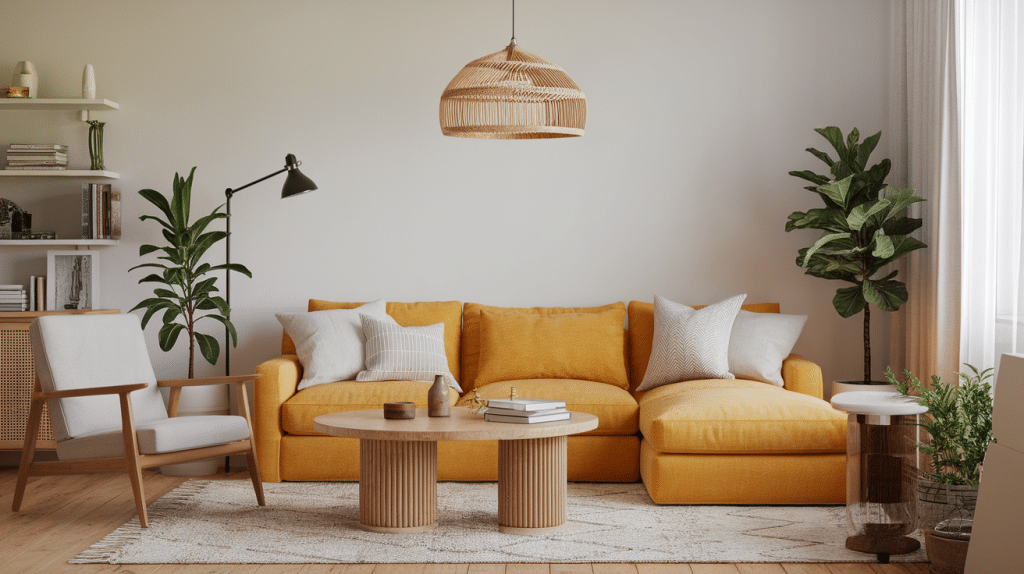
Homes speak through more than just looks. The soft glow of lamps rather than harsh overhead lights creates a feeling of safety. The smell of coffee or bread brings comfort.
Smooth stones on a windowsill invite touch. Each choice adds to the overall feeling your home creates.
Emotional Architecture
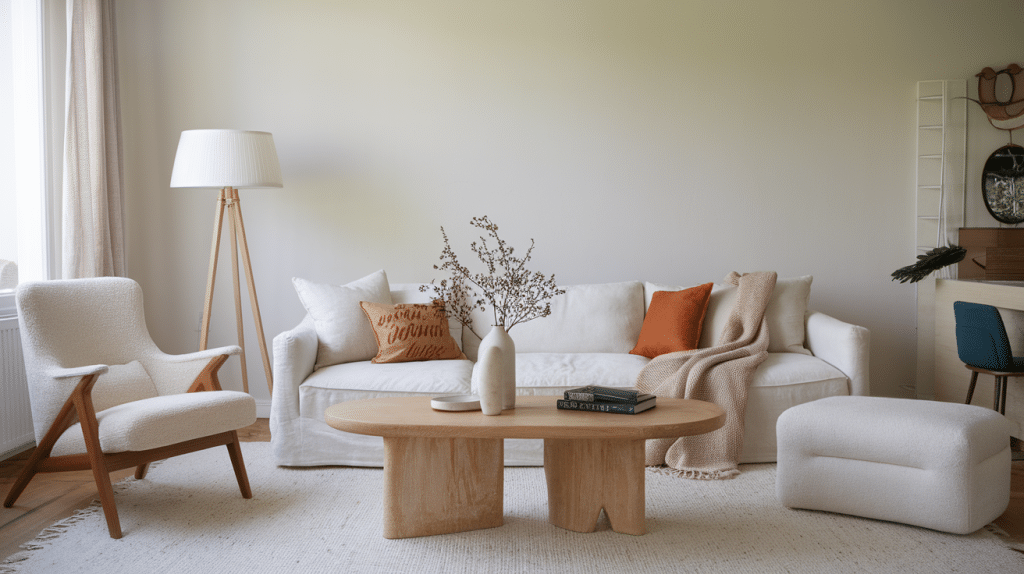
This term captures how homemaking builds not just physical spaces but emotional ones too. Like a good host, your home can make people feel welcome, calm, or inspired.
The way you arrange seating can encourage talk or allow quiet. The items you place at eye level guide attention. Through these choices, you shape how people experience your home—and by extension, you.
5 Unconventional Ways to Reclaim Homemaking
Going beyond typical home tips can make everyday tasks feel fresh and meaningful. Try these less common approaches to make homemaking more personal.
1. Sound as a Home Helper

Match music to tasks to change how they feel. Morning cleaning flows better with upbeat songs.
Evening cooking feels calmer with soft piano. Create task-specific playlists that turn chores into moments you look forward to. One person noted:
“Laundry day changed when I made my ‘Fold and Hum’ playlist.”
2. Create Small Sacred Spots
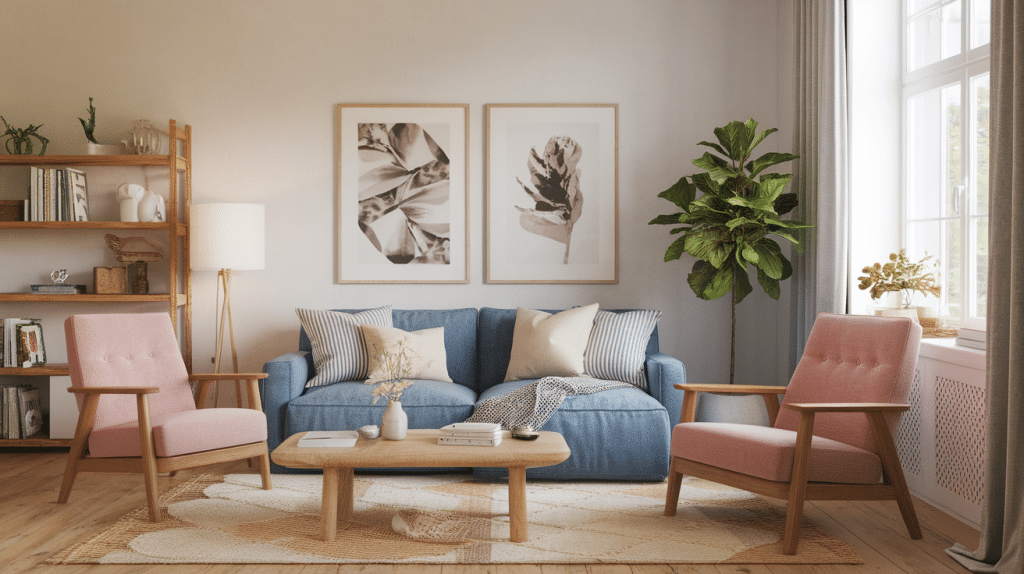
Set up tiny areas that serve as pause points in your day:
- A window seat with a soft blanket for morning coffee
- A shelf with a candle and matches for daily lighting
- A corner chair with good light for reading or thinking
These spots don’t need much space—even a tiny nook can become a place to breathe and reset.
3. Keep a Home Journal
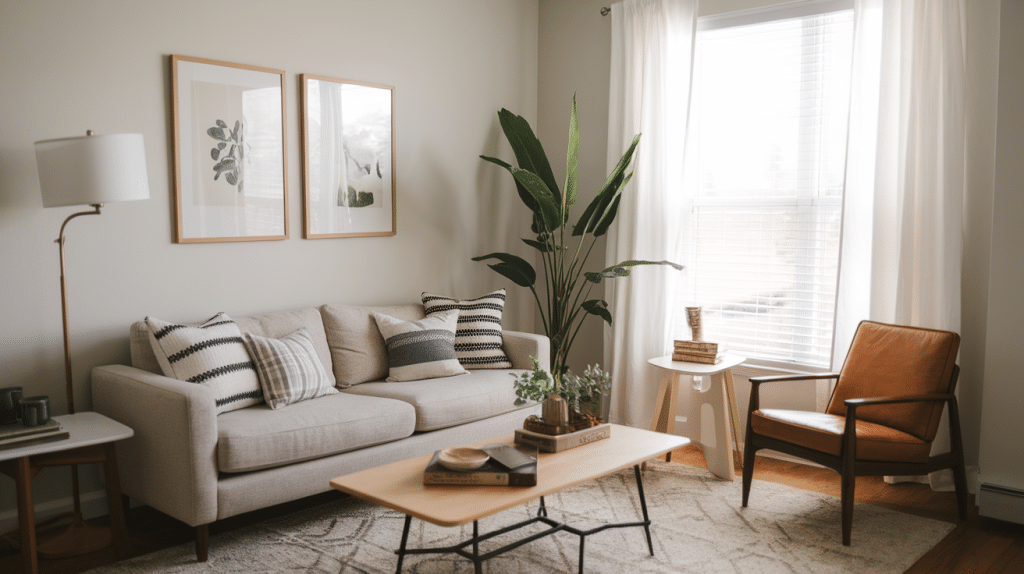
Track how your home changes with the seasons:
- Note when certain birds visit your yard
- Record when sunlight hits different walls
- Write down which meals feel right in different weather
This practice helps you notice patterns and build a deeper link to your living space over time.
4. Give Your Home Character

Some people name their homes or talk to them as if they were alive.
This might sound odd, but it can build a caring bond with your space. “Good morning, Hillside Cottage” might start your day with warmth.
Thank your home for shelter after a hard day. This small practice can shift how you view home tasks.
5. Map Out Sensory Spots

Make each room appeal to a different sense:
- Kitchen: Focus on taste with herb pots
- Bedroom: Add texture through varied fabrics
- Living room: Place flowers for visual rest
- Bathroom: Add gentle scents like lavender
- Hallway: Hang wind chimes for gentle sounds
When each space offers a different sensory gift, moving through your home becomes a richer experience.
Fulfillment in The Details: Micro-Moments that Matter
Small acts done with care can change how we feel at home. These tiny habits take seconds but add real worth to daily life.
“Fulfillment isn’t in grand gestures—it’s in lighting a candle before dinner.”
Intentional Micro-Habits Worth Trying
- Pause for three breaths before entering your front door
- Touch items with care as you put them away
- Say “thank you” to objects that serve you well
- Make your bed with full focus, not while thinking of other tasks
- Open windows with purpose, noting the fresh air
- Place cut flowers where you’ll see them often
- Fold clothes as if giving them as gifts
- Set the table fully, even when eating alone
- Water plants while saying good things to them
- Wipe counters in wide, smooth strokes instead of rushed swipes
These small shifts cost nothing and take little time. Yet they can turn boring tasks into moments of calm and connection. The key is being fully present in these small acts rather than rushing through them.
Myths When Approaching Homemaking
Let’s bust some myths about what makes a good home.
Myth 1: Homemaking Is only For Women or Stay-At-Home Parents
- All people benefit from caring for their space
- Home tending belongs to everyone who has a home
- Single folks and busy workers need good spaces too
Myth 2: You Need Money and Time to Create a Beautiful Home
- Attention matters more than cash
- Simple acts like clean surfaces and grouped items cost nothing
- Small touches often beat big purchases
Myth 3: Homemaking Is Outdated or “less Than” Career Success
- Home care supports other life goals
- Many high achievers value their home routines
- Well-kept spaces help clear thinking and creativity
Myth 4: You Must Be Domestic to Care About Homemaking
- No need to cook or craft to make a good home
- Find what matters to you—maybe it’s plants or good lighting
- Home care takes many forms
Myth 5: A Perfect Home Equals a Happy Home
- Lived-in spaces feel warmer than perfect ones
- Signs of life make homes feel real
- Comfort beats perfection every time
Conclusion
Home care goes beyond clean floors and tidy rooms. It’s about making spaces that support your life and bring you joy.
The true aim isn’t a perfect home but a caring one. When we pay attention to our living spaces, we show care for ourselves and others who share them. Daily acts like setting tables, making beds, and adding small touches matter more than we often think.
By seeing homemaking as worthy work, we push back against a world that values speed over presence. We choose to make our homes places of comfort, not just places to sleep.
Try one small change this week. Light a candle, rearrange a shelf, or simply pause to notice what you love about your home. The path to home happiness starts with these small steps.

